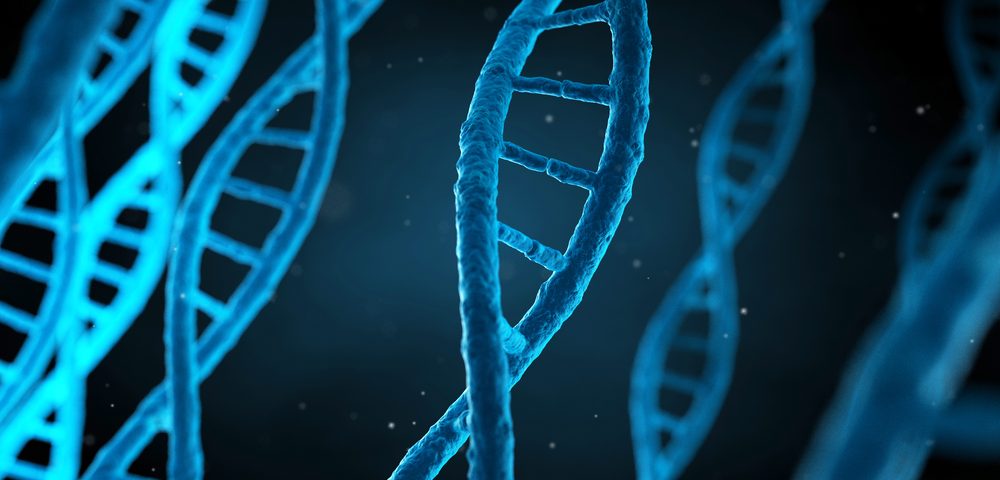Mutations in the estrogen receptor (ESR1) are associated with worse outcomes in breast cancer patients treated with estrogen deprivation therapy in the form of the aromatase inhibitor Aromasin (exemestane), according to the results of a study published in JAMA Oncology.
The study, “Prevalence of ESR1 Mutations in Cell-Free DNA and Outcomes in Metastatic Breast Cancer: A Secondary Analysis of the BOLERO-2 Clinical Trial,” developed by researchers at Memorial Sloan Kettering Cancer Center in collaboration with Novartis, suggests that early detection of ESR1 mutations may help predict treatment response to Aromasin and guide patients to more effective therapies.
Activation of the estrogen receptor (ER) is a hallmark of 70 to 80 percent of breast cancers in which ER expression is detected. In these patients, reducing the production of estrogen with aromatase inhibitors has proven effective, reducing disease morbidity and mortality.
Recent studies have shown that ER-positive metastatic breast cancer frequently yields mutations in the ligand binding domain of ERS1, resulting in the constitutive activation of ESR1 even in the absence of estrogen. Although researchers have speculated that these mutations could reduce the effectiveness of hormonal therapies, including aromatase inhibitors, there was no evidence that ESR1 mutations could impact clinical outcomes.
The team investigated the effects of ESR1 mutations in patients enrolled in the BOLERO-2 clinical trial, a study that had been designed to assess the efficacy of Aromasin in combination with either Afinitor (everolimus) or a placebo in premenopausal women who had progressed with a nonsteroidal aromatase inhibitor.
The investigators analyzed cell-free DNA from plasma samples of the BOLERO-2 participants to detect the frequency of the two most common ESR1 mutations, D538G and Y537S, and their effect on overall survival (OS) and progression-free survival (PFS). Among the 541 samples available, 15.5 percent of patients had the D538G mutation, 7.7 percent had the Y537S mutation, and 5.5 percent harbored both mutations.
Importantly, the mutation status of ESR1 was found to influence patients’ overall survival. While patients without any of the mutations had a median OS of 32.1 months, those with a D538G mutation, a Y537S mutation, or both, had a median overall survival of 25.99, 19.98, or 15.15 months, respectively. Overall, patients with at least one of the mutations had a median OS of 20.73 months.
The researchers then examined the effect of each mutation in progression free survival (PFS) in both the placebo and Afinitor groups. Among those who received the placebo, the D538G mutation was associated with shorter PFS than that observed in patients without any mutation. However, with the addition of Afinitor to Aromasin, patients with the D538G mutation had a similar progression free survival than those without mutations.
The benefit for Afinitor in the remaining groups could not be assessed due to the small number of patients.
Still, researchers believe that ESR1 mutational status may deliver valuable information to clinicians regarding the prediction of response to treatment, which may result in the development of better treatment strategies for patients with ESR1 mutations.
“These results suggest that knowledge of the resistance escape mechanisms coexisting with ESR1 mutant expression will need to be identified to accurately guide targeted therapy of metastatic breast cancer,” Suzanne A.W. Fuqua, PhD; Yassine Rechoum, PhD; and Guowei Gu, PhD, all of Baylor College of Medicine, wrote in an accompanying editorial.
“The use of sensitive yet simple mutation monitoring of plasma as described in this study could provide indispensable predictive information for correcting the course of therapy in advanced or perhaps even early breast cancer,” they wrote.

